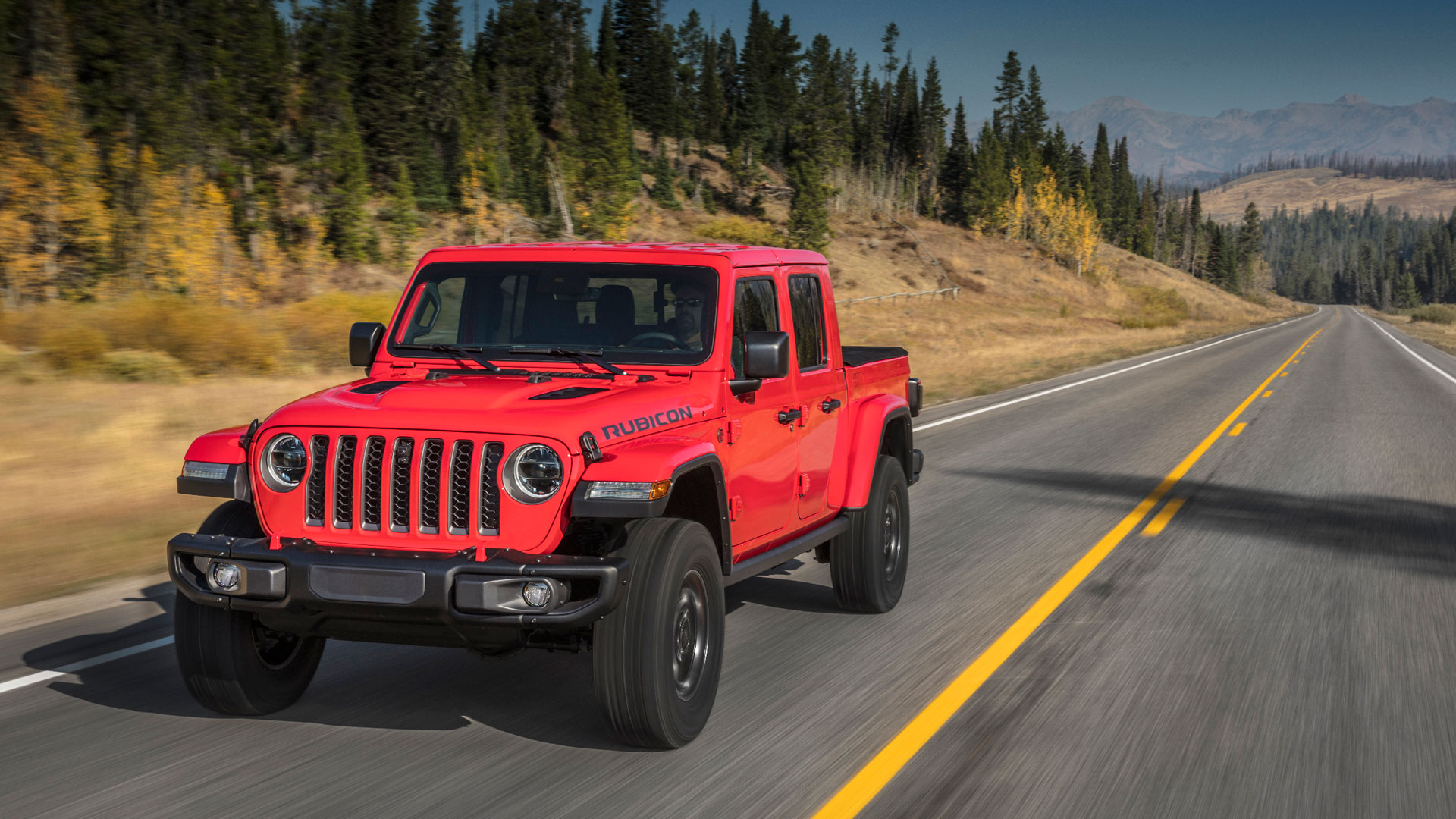 2018 was a momentous year in the automotive world. New trucks were anticipated more highly than the Beatles while sedans were sent to death row. SUVs reached new heights of extravagance while manufacturers battled with tariffs and slashed production lines. Executives reached new heights of autocracy, even as industry stars left the firmament.
2018 was a momentous year in the automotive world. New trucks were anticipated more highly than the Beatles while sedans were sent to death row. SUVs reached new heights of extravagance while manufacturers battled with tariffs and slashed production lines. Executives reached new heights of autocracy, even as industry stars left the firmament.
These are the top automotive headlines for 2018.
More news from Motoring Research:
- The history of the Toyota Supra in pictures
- Home candles more toxic than diesel fumes, scientists say
- Stick it! The sports cars you can buy with a manual gearbox
January – Ford Ranger Returns
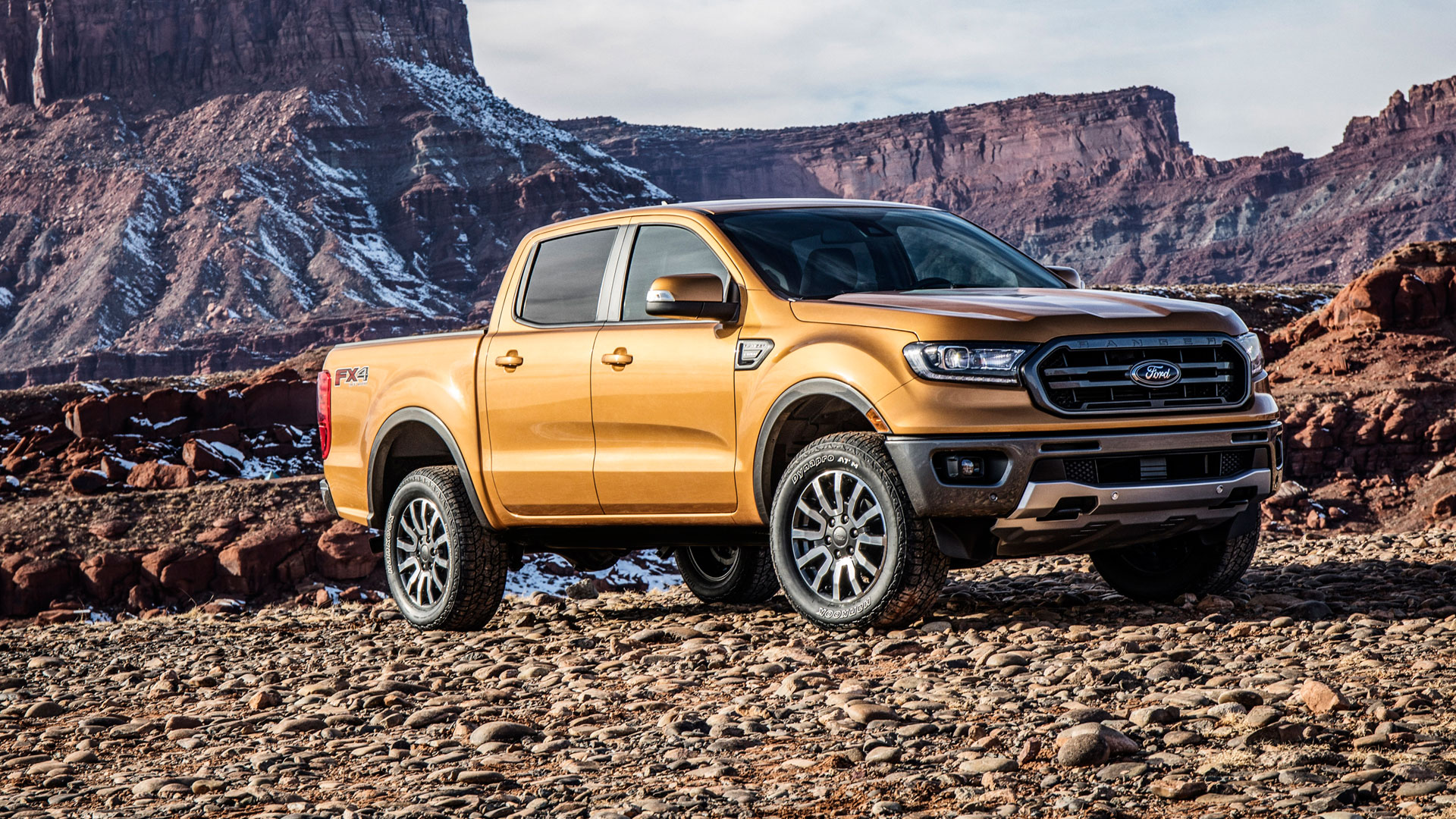
Ford kicked off the year by unveiling the U.S.-spec Ranger midsize pickup at the Detroit auto show in January.
The Ranger had been sold in the U.S. market from 1982 to 2012, but Ford ceased domestic production. The market was shrinking, and the redesigned version for 2013 had grown to nearly the size of the F-150. Ford wanted to avoid any cannibalization of profits from its best-selling model, so the new Ranger was manufactured and sold worldwide to critical and popular acclaim, but not here.
Ford said in a January press release that U.S. midsize truck sales had increased 83 percent since 2014, and the success of the rival Chevrolet Colorado certainly bears that out. Ranger fans had also been clamoring for the model’s return, and the confluence of multiple factors finally won them the day.
Ford is currently taking orders for the new truck, with prices starting at $24,300. One engine is available, a 2.3-liter turbo four making 310 lb-ft of torque and paired with a 10-speed automatic.
March – the first pedestrian death caused by an autonomous car
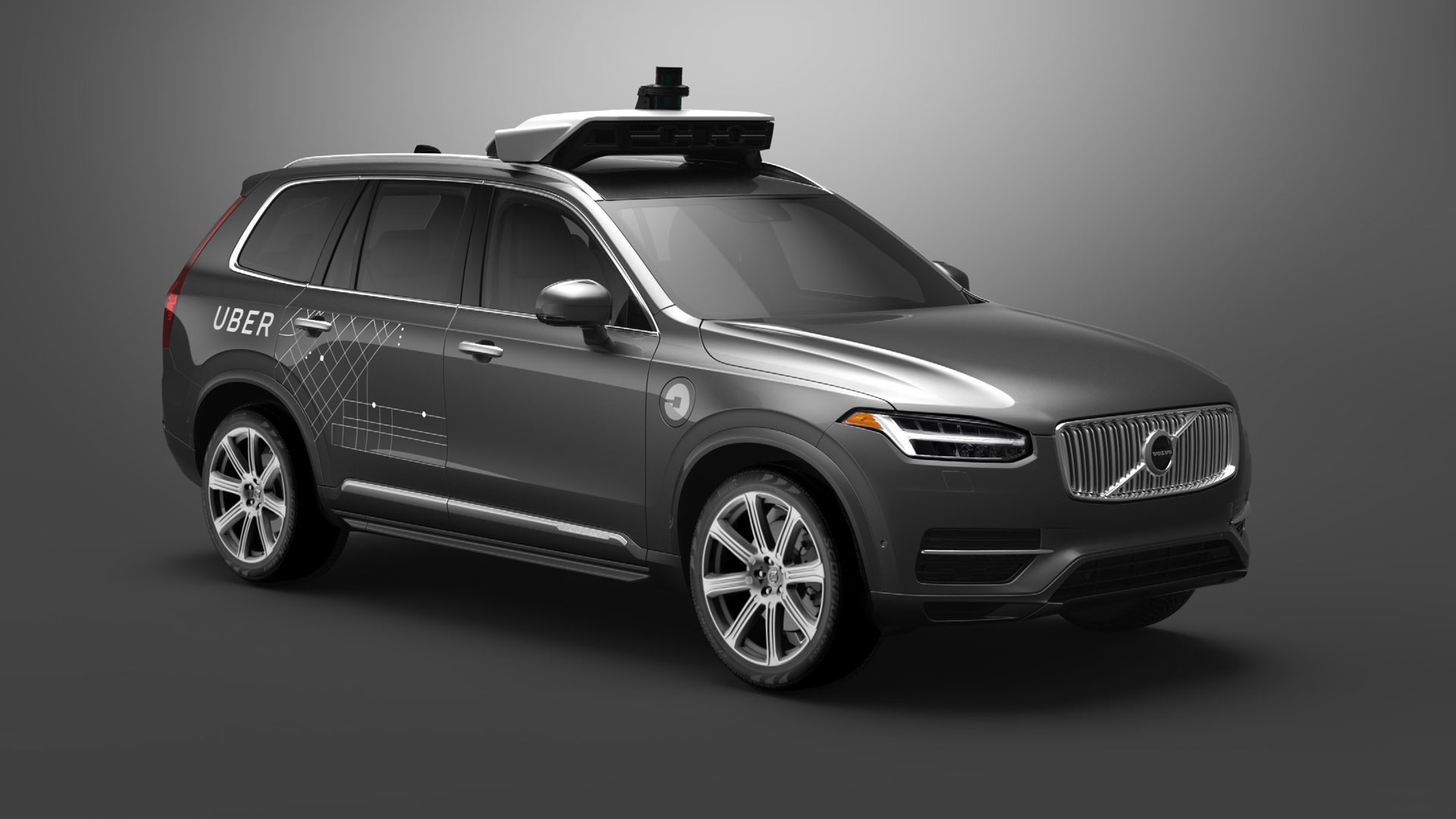
In March, Elaine Herzberg of Tempe, Arizona, was hit by an Uber car, thus becoming the first pedestrian to be killed by an autonomous car.
Although a driver was present behind the wheel, the vehicle was in self-driving mode when it struck Herzberg, who was pushing a bicycle across a street. It subsequently emerged that the car’s operator, Rafaela Vasquez, had been streaming an episode of The Voice and not monitoring the road ahead.
In a report, the Tempe police department said the crash was “entirely avoidable” if Vasquez had been watch looking forward and not down at a screen. Earlier, Tempe police chief Sylvia Moir had said: “It’s very clear it would have been difficult to avoid the collision in any kind of mode.”
Uber suspended self-driving car tests in North America and said that its “hearts go out to the victim’s family”.
It has since emerged that Uber bosses had been warned that its self-drive cars had been involved in crashes. In a leaked email from operations manager, Robbie Miller, Uber was told that its cars were “routinely in accidents”.
Miller blamed the technology and the “poor behavior” of operators. At the time of writing, Uber hasn’t responded to the revelations.
April – Ford Discontinues Cars
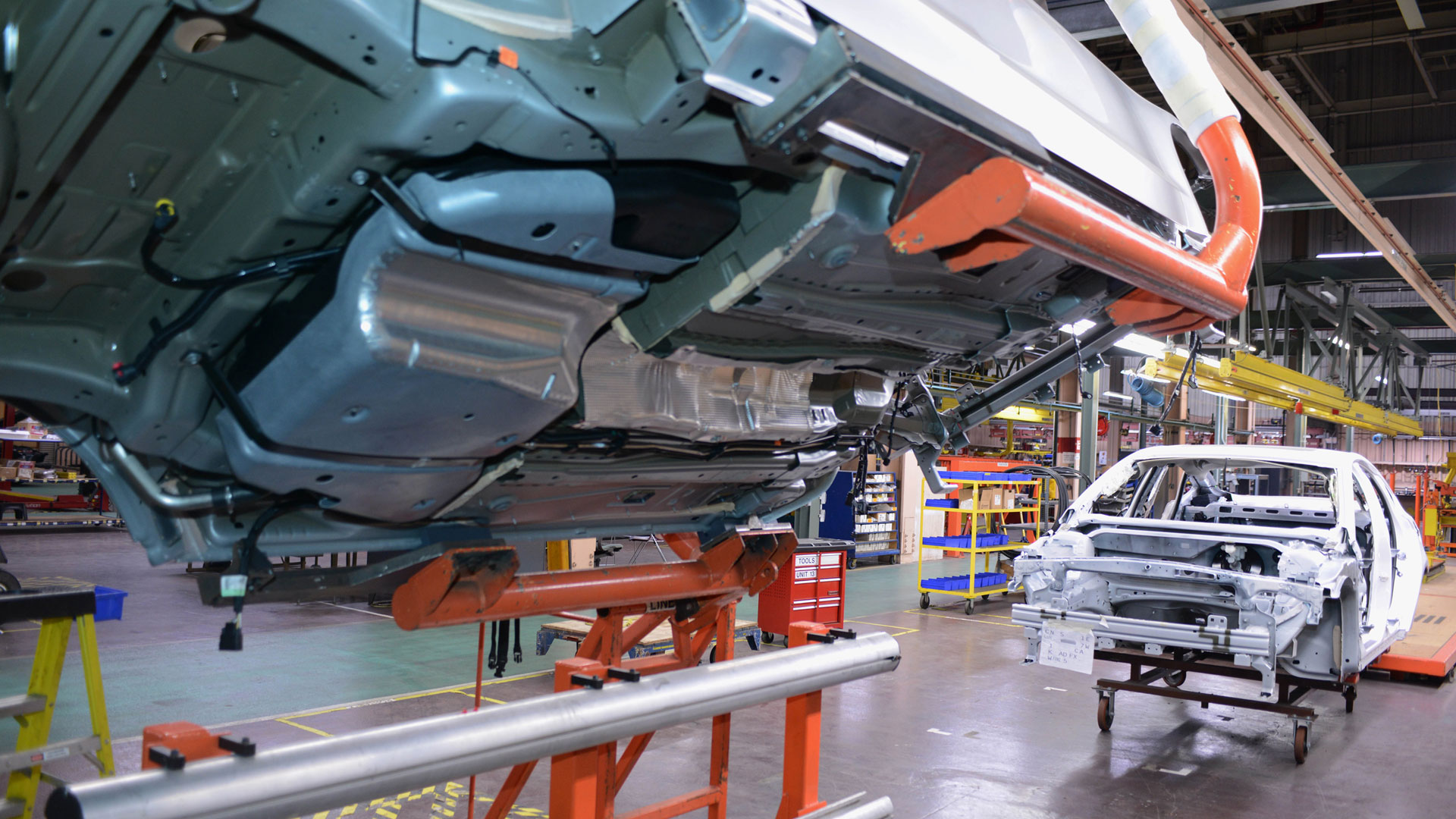
In a move that shocked industry spectators, Ford announced on April 26 that it would discontinue all passenger cars except for the Mustang in its North American markets.
The Dearborn company cited declining demand and decreasing profits for the change, and intends to shift focus to what the market wants: trucks, SUVs, and crossovers.
“We’re going to feed the healthy parts of our business and deal decisively with the areas that destroy value,” said CEO Jim Hackett.
The F-Series pickup has been the best-selling vehicle in the U.S. for decades, and the company has introduced a midsize Ranger model to capture additional market share. A sport Bronco SUV will join the lineup, along with a Focus-based crossover.
The models on the chopping block are the Fiesta subcompact, Focus compact, C-Max compact, midsize Fusion, and fullsize Taurus. Focus production ended in May, and the rest will wind down over 2019 except for the Fusion, which enjoys enough fleet sales to keep it afloat awhile longer.
Layoffs will be taking place at Ford, but spokeswoman Karen Hampton said they will affect the salaried workforce and not manufacturing positions.
May – Rolls-Royce Cullinan Revealed
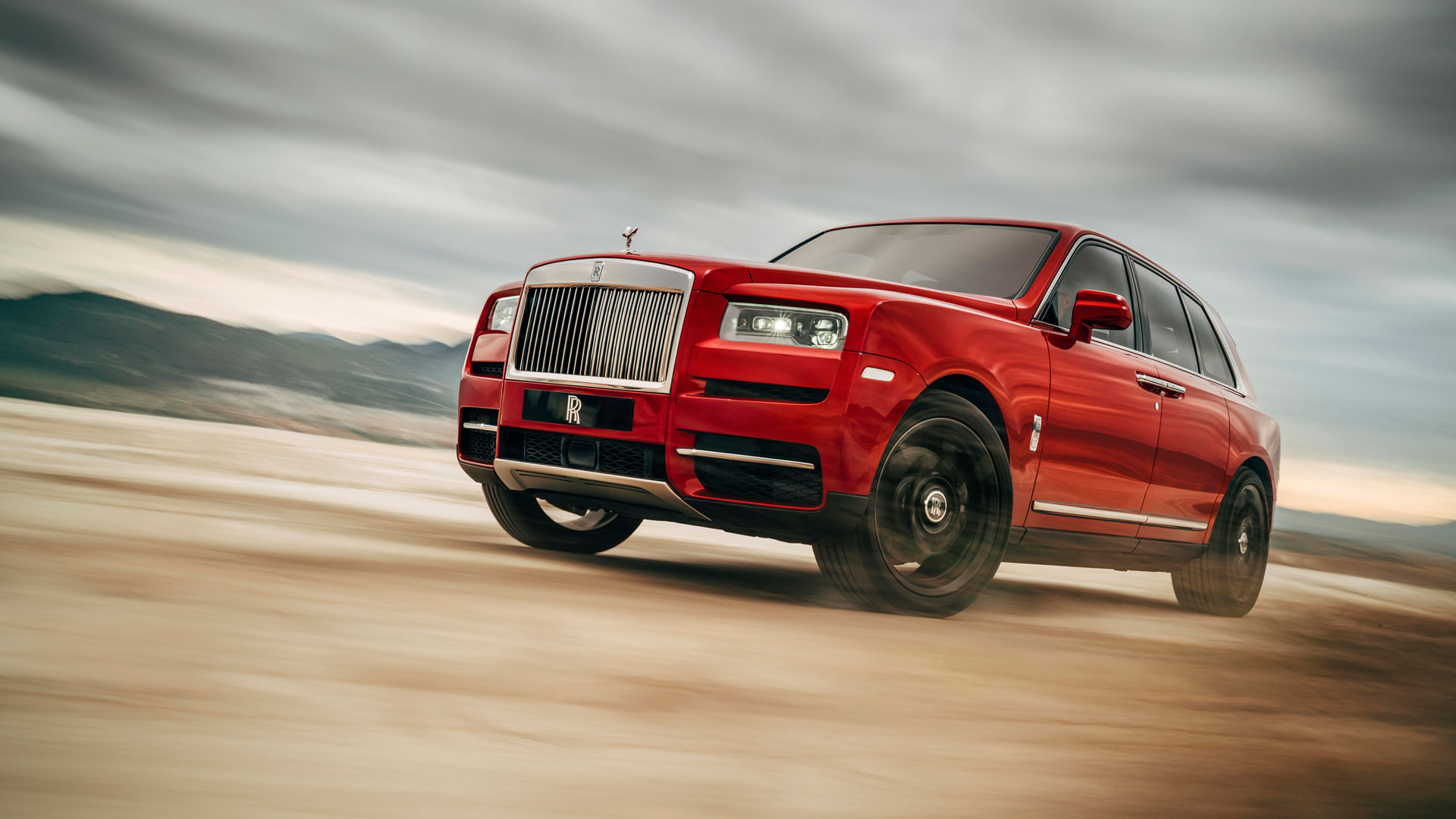
Storied automaker Rolls Royce finally took the wraps off its ultra-luxury Cullinan SUV in May.
The public, said the manufacturer, demanded an alternative to the increasingly bland designs of the day. “Our customers are the new pioneers,” said design chief Giles Taylor, “And for them, it’s about their sense of adventure and daring in how they live their experiences.”
Starting over $400,000, the Cullinan is the latest in a crop of ultra-luxury SUVs. The Bentley Bentayga ($165,000) is definitely a member of the group. It might be argued that the Lamborghini Urus ($200,000) be included, along with the special edition Range Rover SV Coupe ($295,000), and perhaps the Mercedes-AMG G 65 ($223,000). One might argue, however, that those vehicle are merely very expensive, and not particularly exclusive.
The Cullinan, though, is a new watermark in luxury and truly represents a new world order of wealth. The center-opening coach doors allow rear occupants graceful ingress and egress. Second-row seating is carefully positioned to allow an outward and forward view for passengers while discouraging outside prying eyes. The armrests and C-pillars are heated. This is not a car meant for drivers, but for owners.
June – Trump Threatens Harley-Davidson

Harley-Davidson announced in June that it would be shifting some manufacturing out of the U.S. in a measure to avoid the European Union’s new tariffs on American motorcycles, imposed as retaliation for the Trump administration’s steel and aluminum tariffs.
The European tariffs added $2,200 on average to the price of the motorcycles, a cost likely to significantly depress sales. The company planned to shift production to a country that has lower or no tariffs to the EU, such as one of its facilities in Thailand, Brazil, India, or Australia.
Trump tweeted that Harley was waving the “White Flag” and that the taxes were “just a Harley excuse.” He then threatened the company by tweeting, “Harley must know that they won’t be able to sell back into U.S. without paying a big tax!”
The tirade continued: “If they move, watch, it will be the beginning of the end – they surrendered, they quit! The Aura will be gone and they will be taxed like never before!”
Harley decided to invest in the Thai plant after Trump withdrew from the Trans-Pacific Partnership. The trade deal would have lowered tariffs on the iconic American bikes in some of the fastest growing-markets in Asia.
“We would rather not make the investment in that facility, but that’s what’s necessary to access a very important market,” said Harley CEO Matt Levatich. “It is a direct example of how trade policies could help this company, but we have to get on with our work to grow the business by any means possible, and that’s what we’re doing.”
June – Detroit Auto Show Moving to June

2019 will be the last year Detroit sees its famed North American International Auto Show (NAIAS) take place during the chilly month of January. Organizers have announced that starting in 2020 the event will take place in June.
The show seeks to reinvent itself after multiple global manufacturers decided to skip the 2019 show. Audi, Mercedes, BMW, and some smaller automakers bowed out, attracting fewer journalists and new media outlets, creating a situation where even more brands might reconsider attendance.
In the modern world of marketing, auto shows are no longer the default way to introduce a new model. Appearances in video games, in the hands of social media influencers, and livestreamed private introductions away from the crowded show floor are all gaining in popularity as ways to connect with a new audience.
NAIAS also faces pressure from competing shows that attract attention from the coveted Millennials and Gen Z, such as the much larger and similarly-timed CES (Consumer Electronics Show). CES takes place in tourist-friendly Las Vegas and has ample crossover marketing opportunities, not just car shoppers.
The new NAIAS will embrace the warmer summer month, “Moving the show to the summer opens up new opportunities for companies as well as creating new experiences for attendees,” said Michigan Governor Rick Snyder in a release. The show hopes to energize attendees with ride and dives, off-road challenges, dynamic vehicle debuts, and autonomous driving demonstrations through multiple venues in downtown Detroit.
June – Ford goes hybrid for Police Interceptor Utility SUV
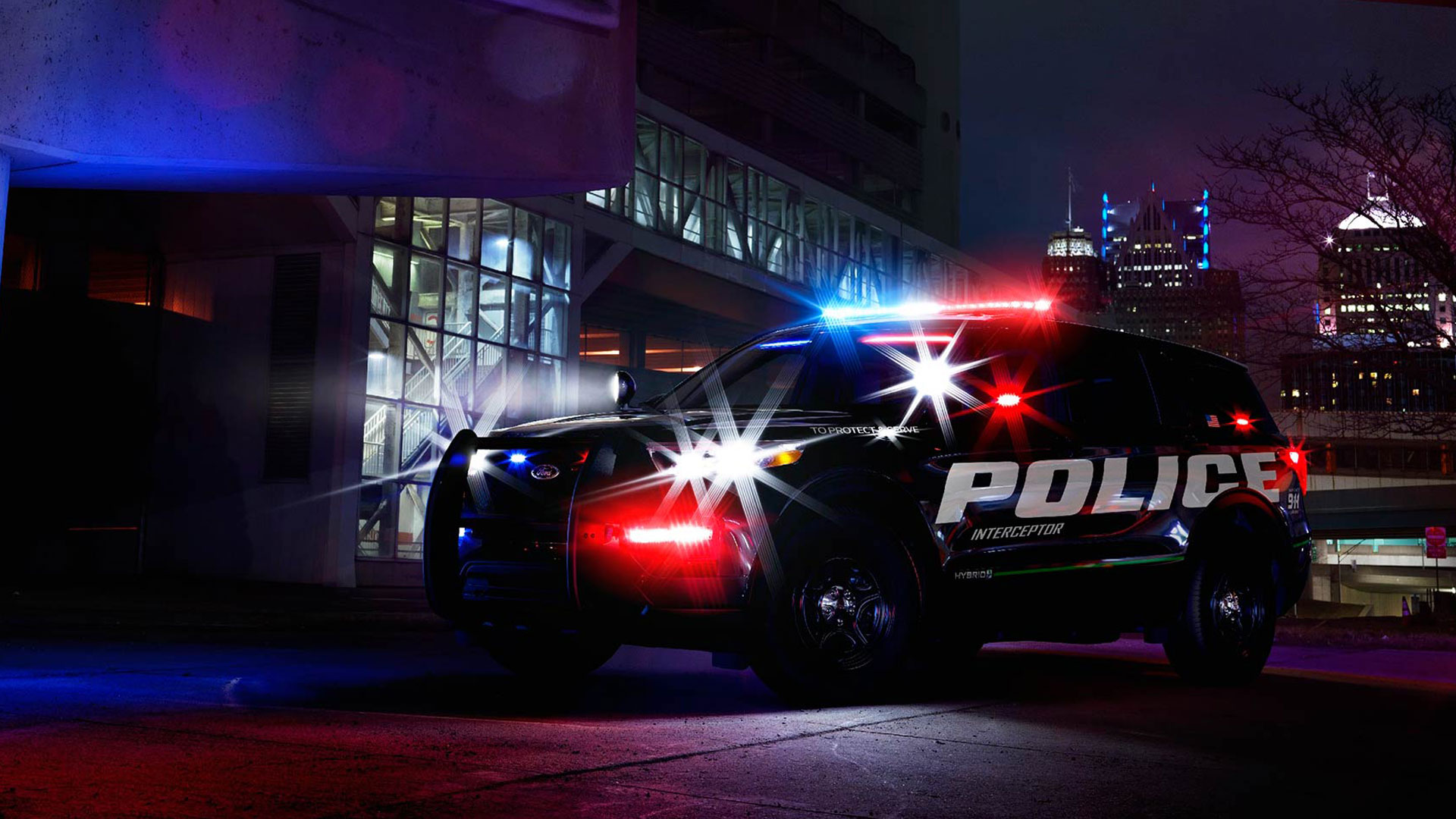
As Robert Zimmerman once said, “The Times They Are a-Changin”. Soon, U.S. criminals will be hunted down by cops in a hybrid.
But you can sleep easy in your beds, as Ford says the new Interceptor Utility will be even faster than the 3.7-liter V6 version. It’ll be quicker off the line, boast a higher top speed and, we suspect, be able to idle in silence. Perfect for those early evening stakeouts.
The new hybrid Interceptor is estimated to save around $3,200 per vehicle in fuel usage compared to the old model, with the hybrid technology having no impact on the amount of interior space. Indeed, Ford has managed to squeeze even more cargo space into the new Utility.
The 2020 Police Interceptor Utility, which is set go on sale in the summer 2019, will feature an improved version of surveillance mode, using the blind spot information system to provide 270-degree monitoring outside of the vehicle.
Any potential threats will be shown on the instrument panel, while the rear-view camera can be operated on demand, not just when the vehicle is in reverse.
July – Sergio Marchionne Dies
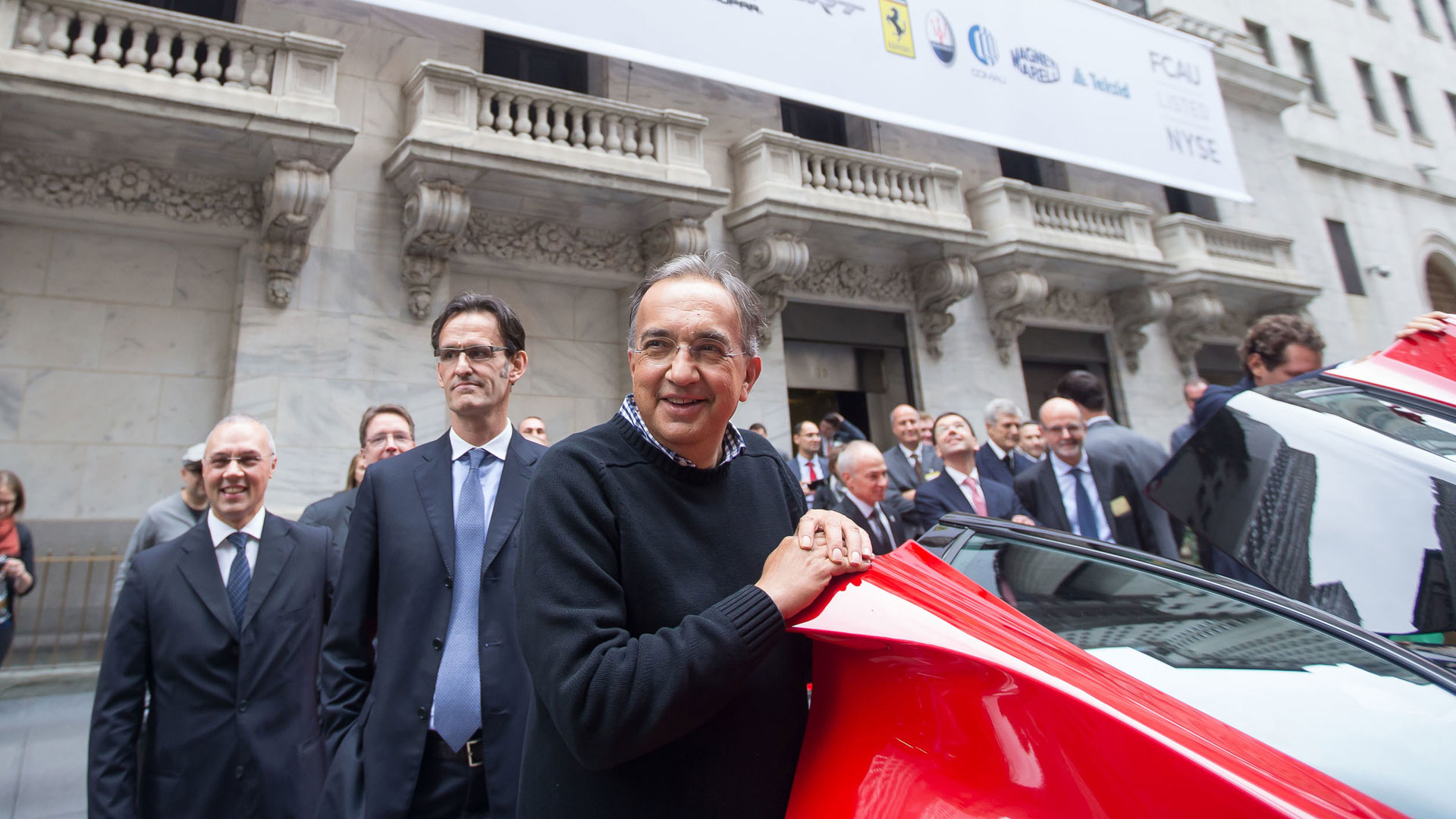
Sergio Marchionne, architect of Fiat Chrysler Automobiles, died on July 25 following complications from shoulder surgery. He was 66.
Marchionne took over a Fiat on the verge of bankruptcy in 2004, and drove the acquisition of Chrysler in 2009. Few onlookers predicted success, but on October 13, 2014, Marchionne rang the bell on Wall Street to celebrate the birth of London company Fiat Chrysler Automobiles NV (FCA). The Fiat of today is now worth nearly 10 times the amount as it was when Marchionne joined the company.
The Italian-born Canadian was known as a chain-smoking workaholic, fueled by a dozen espressos a day. In his Turin office hung a Picasso print adorned with the motto, “Every act of creation is first of all an act of destruction.” On his first day at Fiat, he fired most of the executives, the did the same again at Chrysler. In the pursuit of profitability, Marchionne laid off thousands of workers.
In spite of his tactics and demeanor, Marchionne was seen as a visionary and captain of the industry. The cuts were necessary for the firms to thrive, and even union leaders spoke of him with respect. “The success of his vision changed people’s lives,” said Cindy Estrada, United Auto Workers Vice President. “That is a rich legacy.”
Marchionne famously campaigned for consolidation in the auto industry; there was too much capacity for all carmakers to survive, he believed. In 2015, he instigated a merger with GM that was rebuffed. By 2018, both GM and Ford made decisions to cut production.
Motor Trend posthumously named Marchionne 2019’s “Person of the Year.”
August – Musk tweets ‘funding secured’
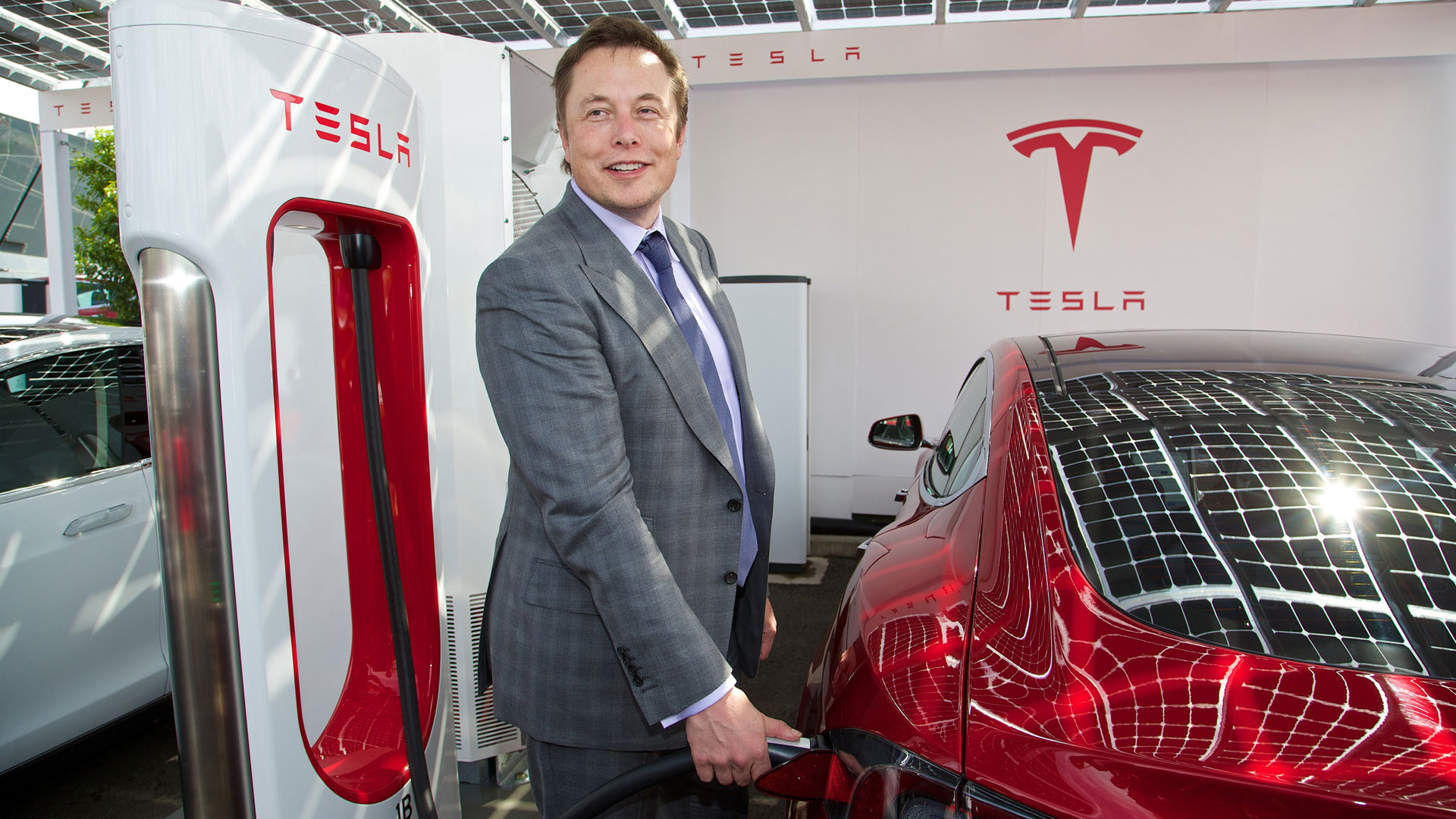
After tweeting that he had the funding and investors to take Tesla private at $420 a share, CEO Elon Musk was charged with fraud by SEC and forced to resign as chairman of the company.
A $40 million fine was also levied, to be split between Musk and Tesla. Neither party admitted wrongdoing,
The problematic social media post occured on August 7 and read,
“Am considering taking Tesla private at $420. Funding secured.”
Followed less than two hours later with,
“Shareholders could either to sell at 420 or hold shares & go private”
According to the SEC complaint, Musk calculated the $420 price per share by adding a 20 percent premium to the day’s closing price for a sum of $419. He rounded that figure up a dollar because “He had recently learned about the number’s significance in marijuana culture and thought his girlfriend ‘would find it funny, which admittedly is not a great reason to pick a price.’ ”
August – Ferrari 250 GTO sells for record fee
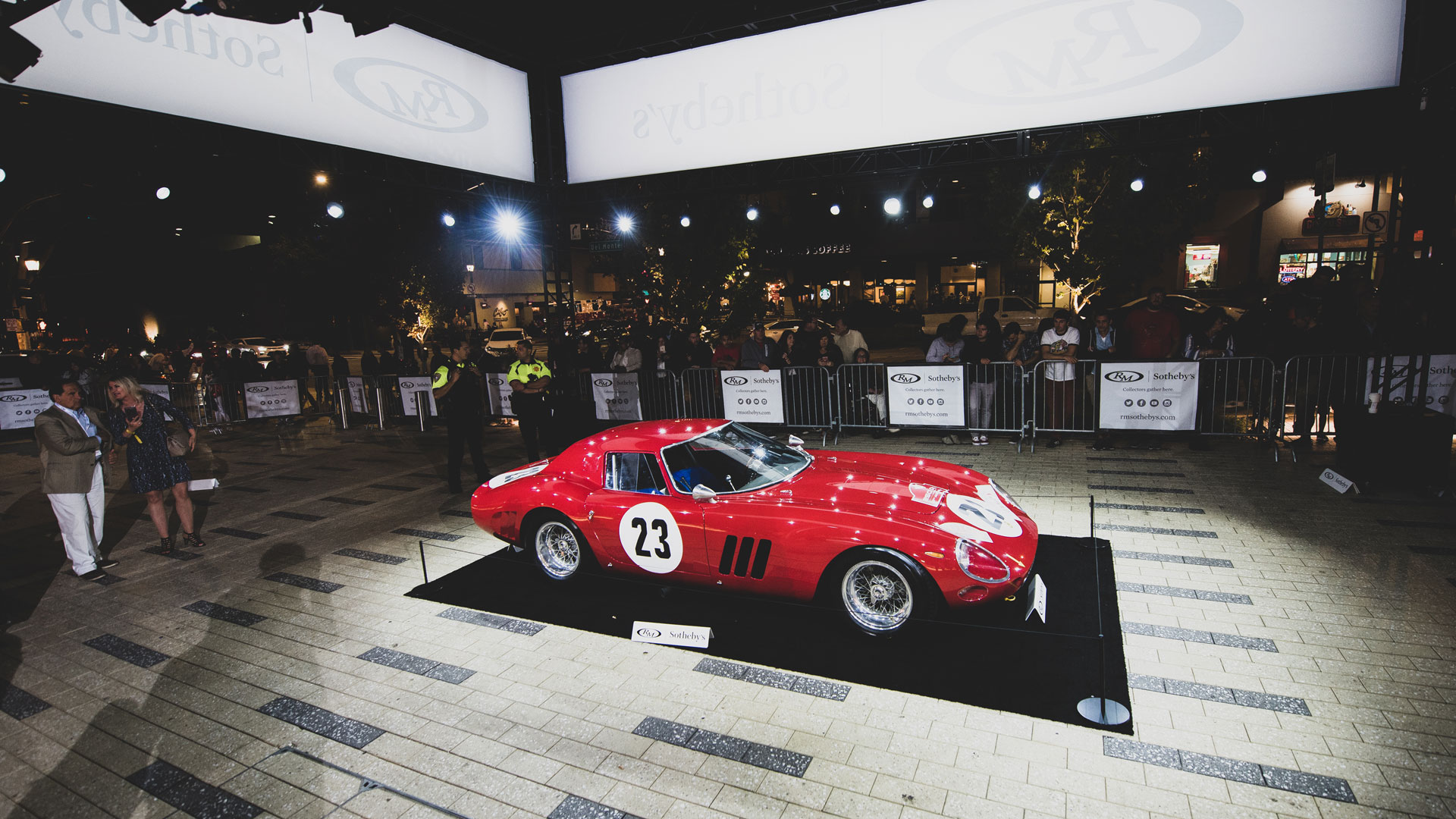
This 1962 Ferrari 250 GTO set a world record for the most valuable car ever sold at auction when bidding closed at $48,405,000 at Monterey Car Week.
There were audible gasps in the auction room as bidding hit $35 million, surpassing the previous record, before, after nearly 10 minutes, the three bidders competing via telephone, drew proceedings to a close.
The 250 GTO was effectively the final evolution of the 250 model, which debuted in 1953 and ended with the last GTO in 1964. Just 36 GTOs were built, all of which survive today.
Chassis number 3413 GT began life as a factory car and was driven by Phil Hill in the 1962 Targa Florio. It passed through an unbroken chain of ownership in the hands of the world’s preeminent Ferrari collectors, before ending up in the care of Dr Greg Whitten, chairman of Numerix and former chief software architect at Microsoft.
RM Sotheby’s reported sales totalling $157,931,940 at Pebble Beach, making it the highest-grossing auction of Monterey Car Week.
October – Rupert Stadler shown the door

Volkswagen formerly fired Audi CEO Rupert Stadler in October, months after he was arrested by German police for his alleged role in the diesel emissions scandal.
Stadler had been suspended by Volkswagen AG and Audi AG following the raid of his home in Bavaria, which followed an investigation into charges of fraud and misrepresentation as part of ‘Dieselgate’.
The CEO, who began working with Audi in 1990, strenuously denied the accusations, with VW Group boss Herbert Diess describing the charges as a “massive shock”.
A statement from Volkswagen said: “Mr Stadler is leaving the companies with immediate effect and will no longer work for the Volkswagen Group. Mr Stadler is doing so because, due to his ongoing pre-trial detention, he is unable to fulfil his duties as a member of the board of management and wishes to concentrate on his defence. The contractual execution depends on the course and outcome of the criminal proceedings.”
November – Carlos Ghosn Arrested
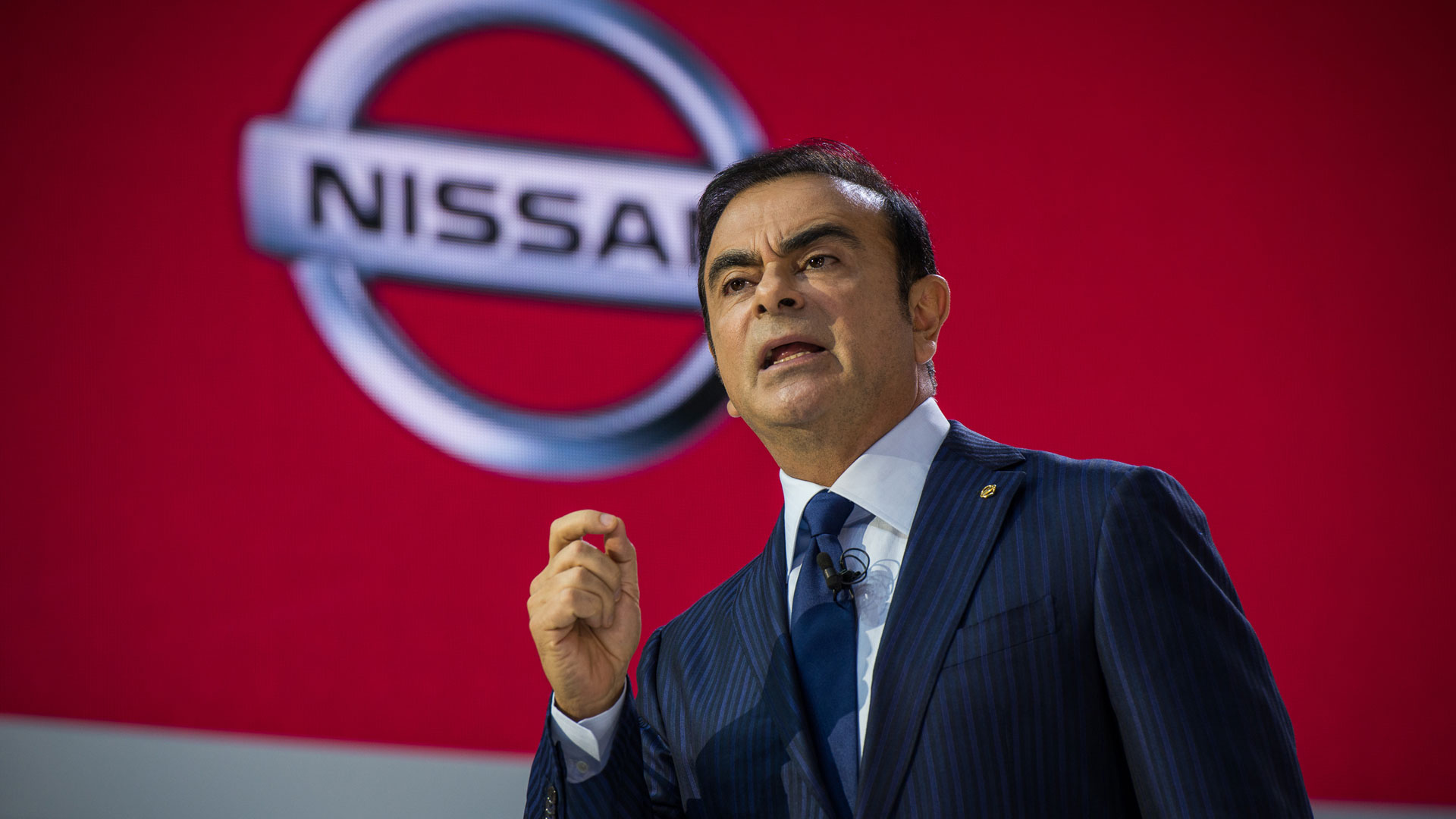
Nissan chairman Carlos Ghosn was arrested November 19 on suspicion of violating financial laws by filing false statements.
Prosecutors claim that Ghosn and board member Greg Kelly collaborated to underreport Ghosn’s income by approximately $44 million between 2010 and 2015. If convicted, the maximum penalty is ten years in prison and a 10 million yen (~$89,000) fine.
Nissan had been investigating Ghosn after a whistleblower filed a report, according to a statement released by the company. “The investigation showed that over many years both Ghosn and Kelly have been reporting compensation amounts in the Tokyo Stock Exchange securities report that were less than the actual amount, in order to reduce the disclosed amount of Carlos Ghosn’s compensation,” it said.
“Also, in regards to Ghosn, numerous other significant acts of misconduct have been uncovered, such as personal use of company assets, and Kelly’s deep involvement has also been confirmed.”
Japanese law allows a suspect to be detained without a formal charge for 20 days. Exactly 20 days after the first arrest, Ghosn was arrested again and indicted on the same charge.
November – GM Restructures
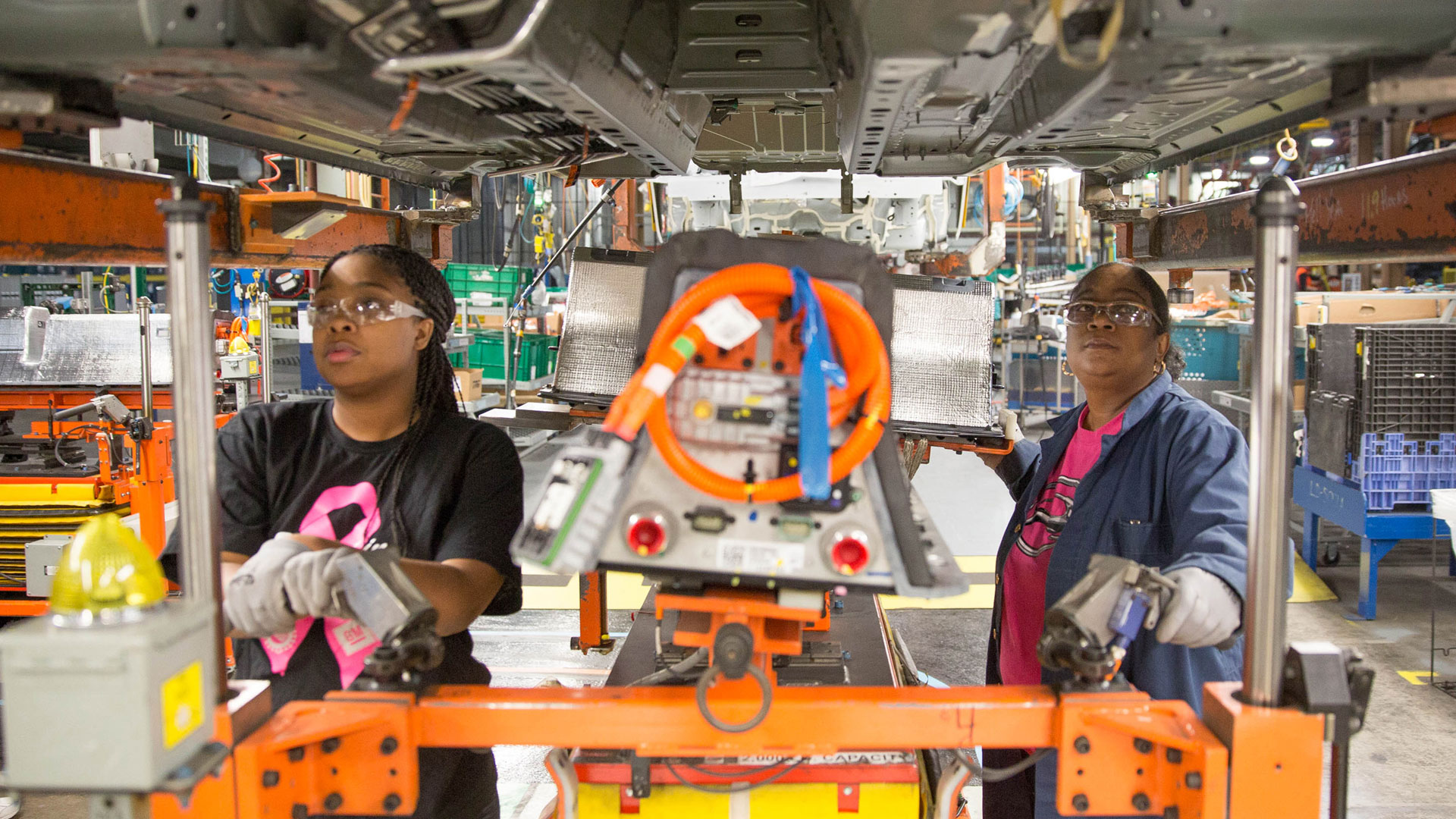
General Motors (GM) announced a massive restructuring plan in late November that would save the company $6 billion by year-end 2020, but result in the loss of 14,000 jobs.
Six sedans are to be scuttled and the five plants that build them. The Detroit-Hamtramck Assembly plant has already announced the first 714 layoffs of an expected 1,542. The Lordstown Assembly plant will lose 1,618 jobs. In Canada, the Oshawa Car Assembly in Ontario will close after 111 years, for a total of 2,900 jobs.
Two facilities that supply drivetrains will also shut: the Warren Transmission plant in Michigan will lose 335 jobs, and Baltimore Operations 335.
The models affected are the Chevrolet Volt, Cruze, and Impala; the Cadillac CTS and XT6; and the Buick LaCrosse.
The company will also reduce management and salaried staff by 15 percent, around 8,100 employees.
Additionally, GM will close three foreign plants by the end of 2019, an assembly plant in Gunsan, Korea and two others as yet unannounced.
The company plans to focus on better-selling SUVs, pickups, and crossovers, as well as its electric vehicle operations.
November – Trump responds to GM announcement
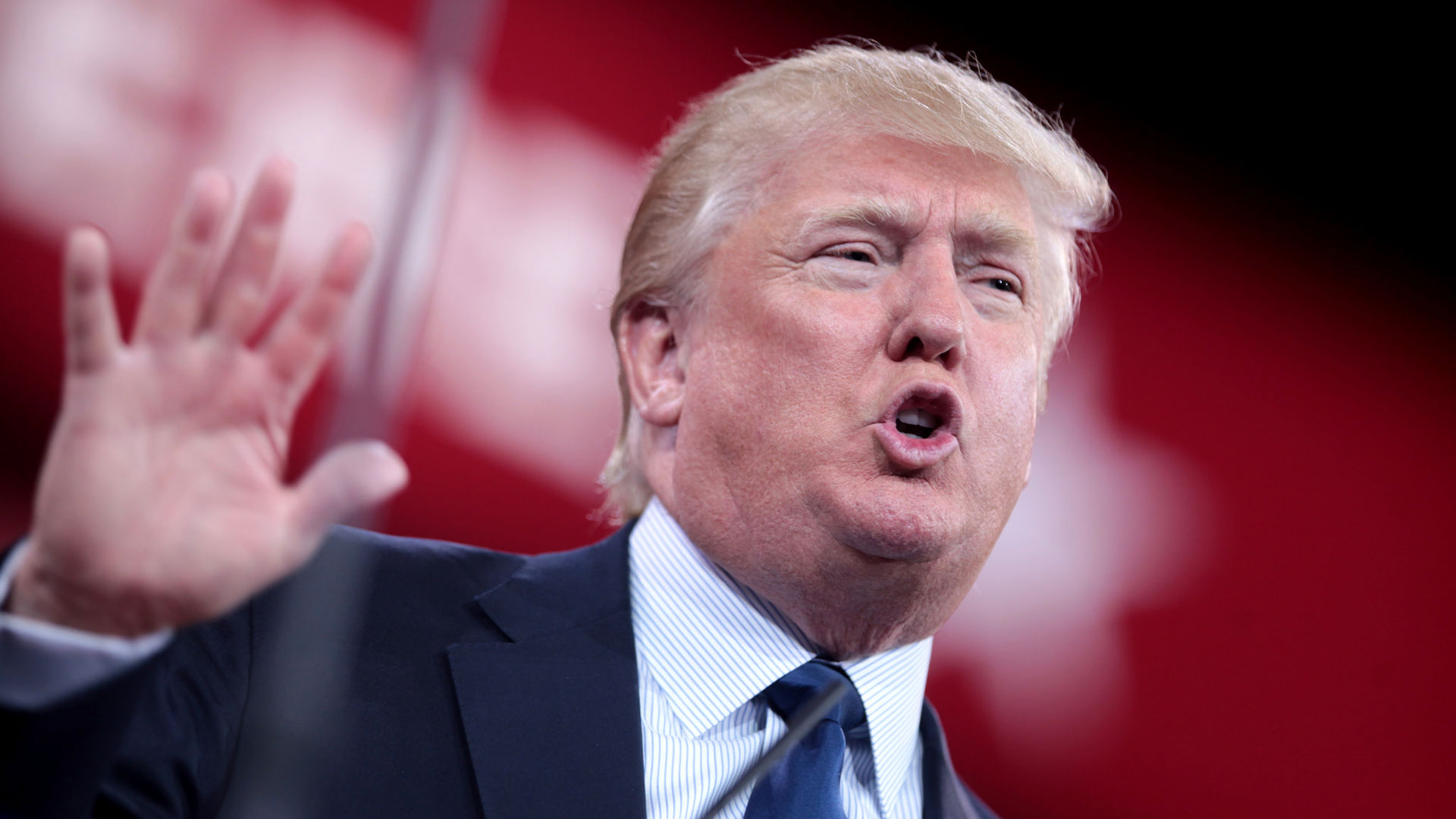
In response to the GM announcement, Donald Trump renewed his threat to impose tariffs on imported cars, tweeting that tariffs were “being studied now”.
“The reason that the small truck business in the U.S. is such a go to favorite is that, for many years, Tariffs of 25% have been put on small trucks coming into our country,” he tweeted. “It is called the “chicken tax”. If we did that with cars coming in, many more cars would be built here…”
Trump has made the rebuilding of the U.S. auto industry one of his main priorities, and GM’s restructuring plans appear to have accelerated his long-held desire to impose strict tariffs on imported vehicles.
The President said we was “very disappointed with General Motors and their CEO, Mary Barra”, adding that his administration would be “looking at cutting all GM subsidies”. The automaker’s shares fell 3 percent following Trump’s tweet.
December – the electric car takes charge
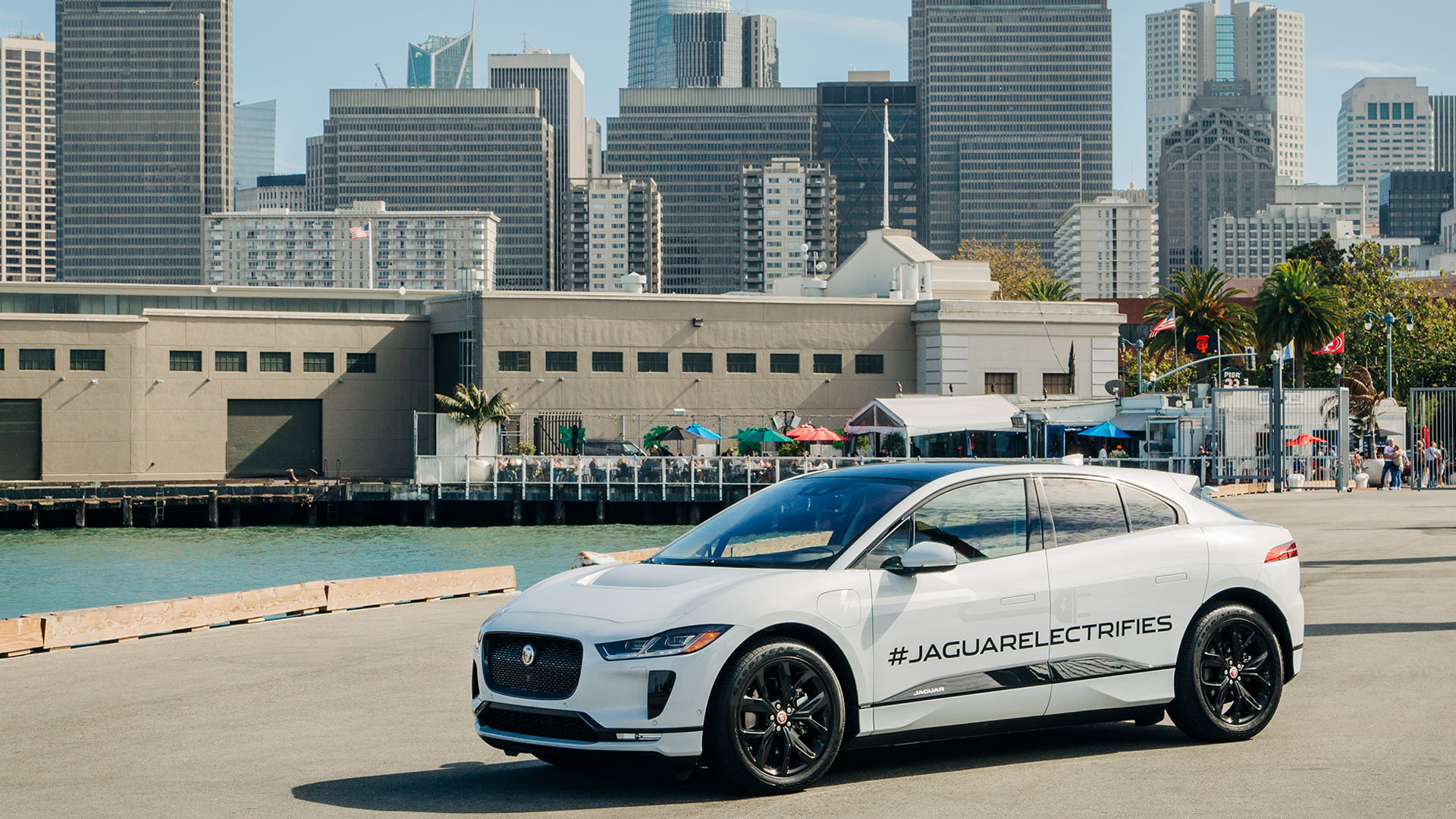
It’s too early to say whether or not 2018 was a turning point in the life of the electric car, but there’s a real sense that the EV is taking charge.
This was the year in which Jaguar, Audi and Mercedes-Benz entered the game, introducing SUVs with realistic range and a level of practicality demanded by families. When reporting on these vehicles, auto editors found it hard to resist a reference or two to Tesla, either in the headlines or within the opening paragraphs.
We’ve also seen the launch of the Kia Niro, an affordable crossover that makes the Nissan Leaf look outmoded.
Further evidence lies in the increasing number of cities introducing a ban on gasoline and diesel cars. Madrid, for example, has established a 472-hectare low-emission zone in the heart of the capital, while London will launch an Ultra Low Emission Zone (ULEZ) in April 2019.
Closer to home, British Columbia is planning to ban sales of new internal combustion cars by 2040, reportedly seeking to introduce legislation as early as 2019. With Europe taking the lead and Canada seemingly following suit, how long before U.S. cities adopt a similar strategy?
December – Jeep Gladiator Goes Live
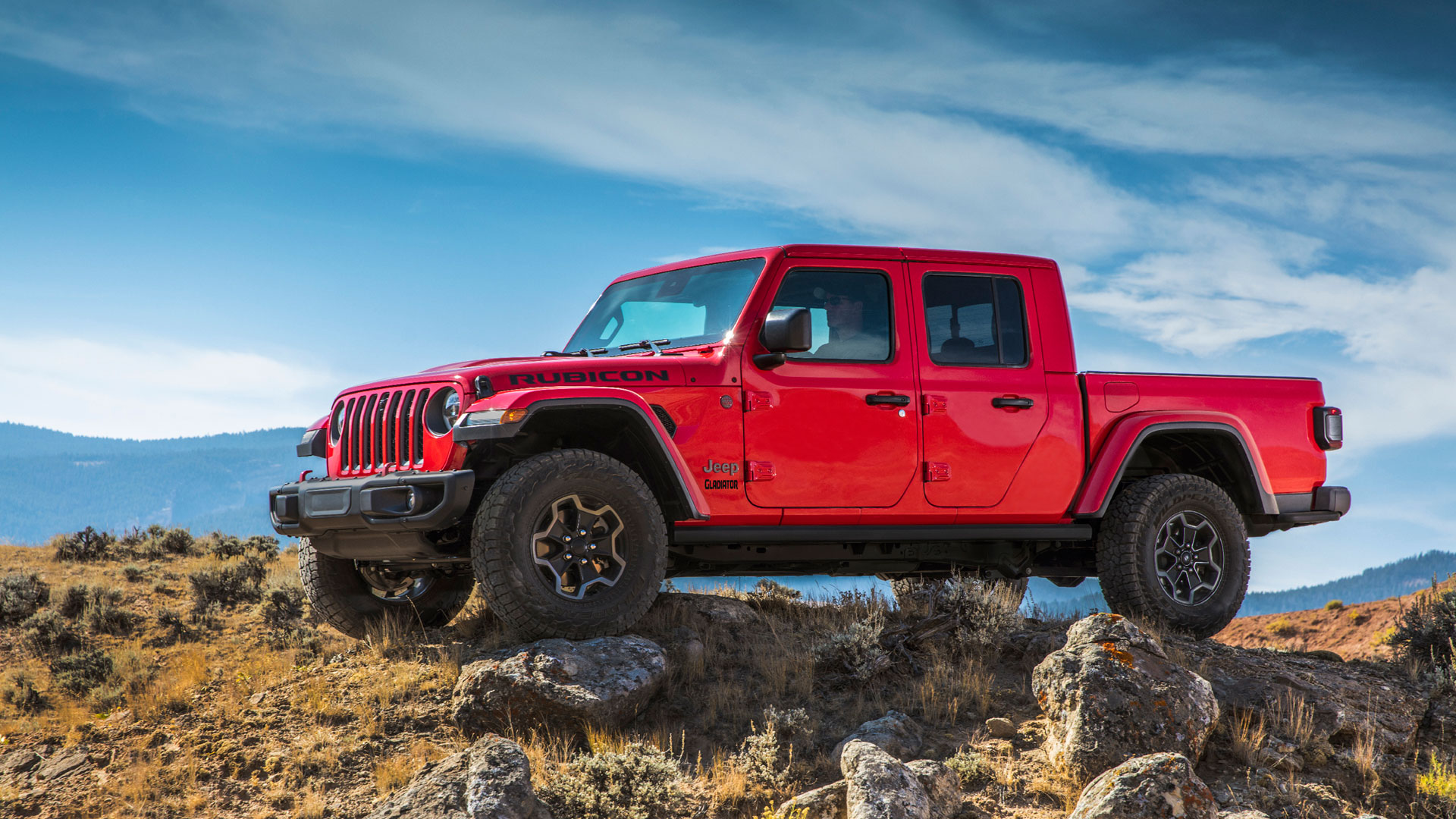
In a fitting bookend to the year, the configurator for the all-new 2020 Jeep Gladiator pickup went live in December.
Jeep and FCA have been on a roll. The Wrangler was named Motor Trend’s “SUV of the Year” and the Ram 1500 as “Truck of the Year.” Given a pedigree such as that, a Jeep Wrangler pickup is a slam dunk.
The Gladiator name has not been seen on a Jeep since 1972, and the company’s last truck, the Comanche, ceased production in 1992. Fans have been roaring for the return of the Jeep pickup for years, and multiple concepts have been seen at the Easter Jeep Safari. Rumors and educated guesses flew, and the official announcement of the truck at the L.A. Auto Show in November came as no surprise.
The open-air Gladiator will launch with a 3.6-liter Pentastar V6, with production expected to begin in the first half of 2019. A diesel version will appear in 2020.
December – Tesla is boring
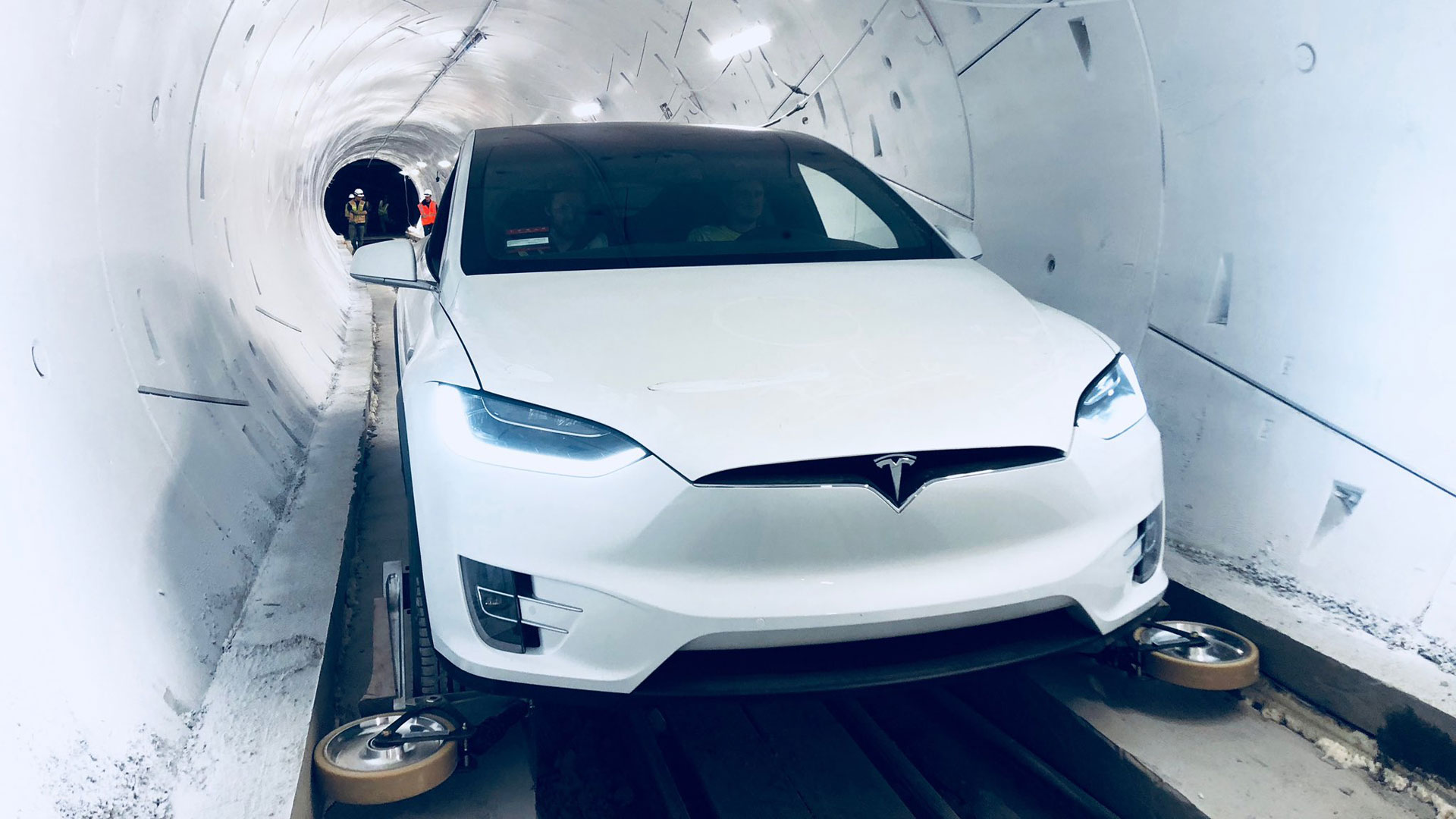
You have to hand it to Elon Musk. Just when we thought we’d conclude this gallery with the Gladiator, up he pops with the unveiling of the first test tunnel developed by The Boring Company.
The test tunnel, located in Hawthorne, California, runs from deep below the SpaceX property and will be used for the research and development of The Boring Company’s tunneling and public transportation systems.
Musk hopes to solve traffic problems by building a series of high-speed tunnel systems, wide enough to fit a single car. In what could pass as a Top Gear challenge, a Tesla is fitted with retractable wheel gear that turns the car into a rail-guided train.
The technology could be applied to any autonomous electric vehicle, with the system allowing for speeds in excess of 150mph. In tweet, Musk claimed that it would “feel like teleporting within a city”.
After a year of turmoil for Musk, could this be the light at the end of the tunnel?